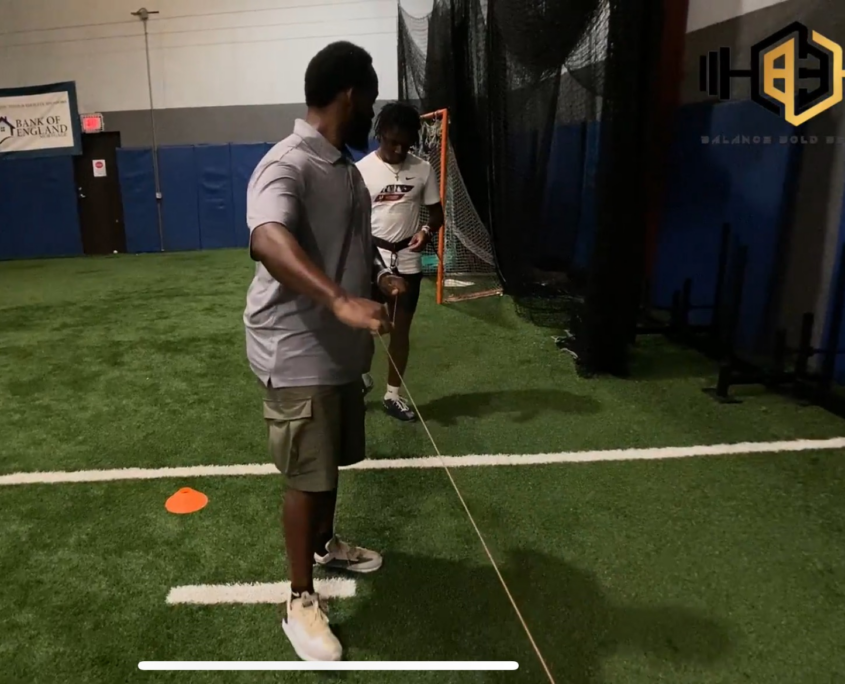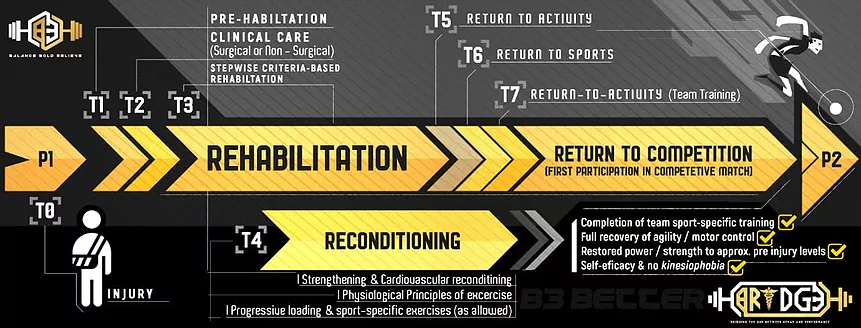Despite the growth in strength and conditioning programs within schools and club sports, several young athletes are investing in their sports performance at private facilities across the U.S. This also includes college athletes and even pro athletes looking to gain an edge in the off-season or in preparation for a combine event.
To be a successful sports performance business, your training facility needs to be unique and stand out from the competition. It needs to have Balance, be Bold, and it needs to Believe in getting Better. Say hello to B3 Better.
B3 Better is located in Jacksonville, FL and is owned and directed by Jerian Sanders. Although the focus of most athletes who train there is to enhance performance, Sanders is invested in developing a balanced life for them, and also his staff, through lessons and workshops in character development and community engagement. Getting them to embark on new things and being bold and believing are also core values taught through the program. Sanders said “sports is a tool to push your limits, to be the best that you can be. The same is true of these attributes in life. We want them to be bold in pursuit of life and to have a purpose, especially when surfing uncharted waters.”
Evolution and Growth of a Business
In the start, Sanders, like many others, quantified speed with hand-held stopwatches and data written on a piece of paper and clipboard. Sanders knew that to grow the business he had to embrace and adopt technology. “We had to evolve to be efficient…and to validate our results.” So, they progressed into laser timing systems to reduce human error.
This was just the start. Four years ago, Sanders was introduced to the 1080 Sprint by a renowned sprints coach. Since then business has grown exponentially, and the 1080 has been a very important part of it.
“It’s (the 1080) a separator with our competitors. It’s an absolute game changer! It’s done wonders for our program as we can create very specific group training like 60 yd sprinting for baseball or 40 yd dash for football. And it has taken our college pro day/combine guys to a whole other level. And for individual training, the 1080 is a huge selling point because it’s not a cookie cutter program.”
The 1080 Class
Athletes in most sports place a high value on sprinting speed. As the old adage goes “speed kills”. A faster athlete may be able to get to a ball more quickly than a competitor or may even outrun a pursuer.
Athletes want to get faster. At B3, a specific class on getting faster is offered utilizing the 1080 Motion. It’s simply called the 1080 Motion class. It entails a 60-minute speed session of no more than 6 athletes per session that generally meets 2 times per week.
The initial session includes baseline testing to create split times and a sprint profile that is used for individual training prescriptions. In the subsequent weeks, one day is usually dedicated to acceleration and the second day to top end speed. Throughout the program, coaches use the data to make adjustments including identifying asymmetries which can be addressed through coaching and showing the athlete the 1080 data, and also by making modifications to the strength training program.

The Bridge Program: Return to Play
Another important arm of the B3 Better business model is the Bridge Program.
Sports come with a risk of injury. Among high school athletes in the U.S., more than 5.2 million injuries occurred from 2015 to 2019. Although the injury rates are lower than in the early 2000s, the researchers noted that more injuries are requiring surgery and more injuries are requiring greater time off from the sport.
In several cases, the road to recovery goes through physical therapy and rehabilitation. However, once physical therapy is completed, the athlete is rarely in game ready shape and physically prepared for the demands of practice and competition. Therefore, the return to play pathway needs a bridge from the physical therapy clinic to the playing field.
At B3, Jordan Cook, certified athletic trainer, oversees the Bridge Program. Sanders mentioned that this program has also grown to another level, partially due to the utilization of the 1080. “It is approximately 30% of the revenue” said Sanders.
Cook uses the 1080 in every session. And why not, he says “it’s a multi-faceted device that I can use for testing and training of isokinetic muscle strength, jumps, sprints and much more. You just need to use your creativity.”
It is also a tool that many clinics don’t have access to and makes The Bridge Program stand out as it provides evidence-based, data-informed decision making in the return to competition process.

For example, when quantifying return to sprint programs following an ACL knee or hamstring injury, he uses the 1080 for instantaneous feedback during ankle dribbles, bounding or other sprint drills and for the hop test and deceleration testing and training. Part of this is the ability to examine the data for asymmetries and how load and velocity impact it. In turn, this allows for the ability to dial-in on specific manipulations to the rehab program if the athlete is compensating.
As Cook stated “good rehab is just good training.”
B3 Better is a premier sports performance facility in Jacksonville, Florida. Learn more by following them @b3better • Instagram






























































